
- 1- Why Make Thai Food for Freezing?
- 2- Best Thai Dishes for Freezing
- 3- How to Freeze Thai Food for Later Use
- 4- How to Reheat Thai Food So It Tastes Fresh
- 5- Real-Life Case Study: Freezing and Reheating Thai Food



Discover how to source authentic Thai ingredients online in the U.S. Find reliable sources for Thai spices, herbs, sauces, and more to create authentic Thai dishes at home.
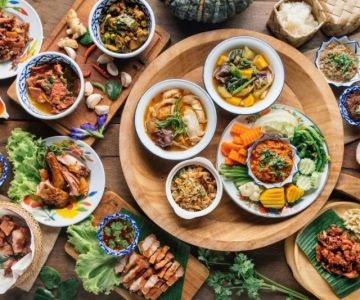
Discover the best Thai dishes for game day, including crowd-pleasing tapas, flavorful paella, and refreshing Thai drinks. Elevate your game day with a Thai twist on traditional snacks and meals. Explore recipes and recommendations for a delicious Thai-inspired gathering.

Satisfy your late-night cravings with simple, tasty, and quick Thai food. Discover easy recipes and perfect dishes to enjoy after hours.
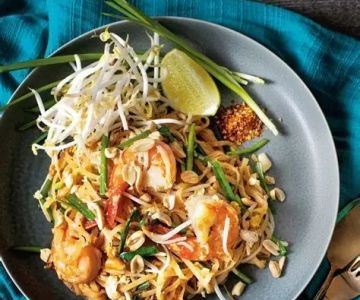
Learn how to make delicious Thai food using leftover rotisserie chicken. Discover easy and flavorful Thai chicken recipes that will transform your leftovers into a tasty meal.
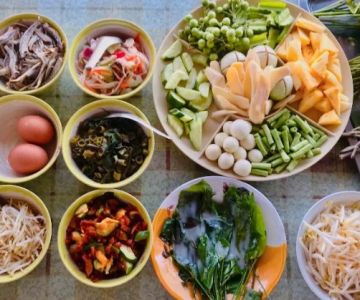
The description is succinct and captures the article’s main focus, highlighting the benefits of Thai food for Baby Boomers while optimizing for search engines.

Discover the best Thai food restaurants in St. Louis for authentic Thai cuisine. From Pad Thai to Green Curry, explore the top dishes and find the best places to enjoy Thai food in St. Louis.
 Bangkok Spice4.0 (332 reviews)
Bangkok Spice4.0 (332 reviews) Baan Ta Thai Cuisine4.0 (129 reviews)
Baan Ta Thai Cuisine4.0 (129 reviews) Yummy Thai4.0 (561 reviews)
Yummy Thai4.0 (561 reviews) Rutchada Thai Cuisine4.0 (89 reviews)
Rutchada Thai Cuisine4.0 (89 reviews) Pa Pa Thai Cuisine ( Formerly Pad Thai ) Harlem4.0 (331 reviews)
Pa Pa Thai Cuisine ( Formerly Pad Thai ) Harlem4.0 (331 reviews)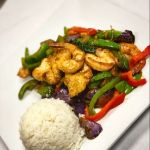 Nooddi - Thai Chef4.0 (527 reviews)
Nooddi - Thai Chef4.0 (527 reviews)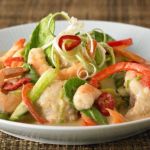 How to Make Southern Thai Seafood Dishes at Home
How to Make Southern Thai Seafood Dishes at Home Thai Food for Game Day: Crowd-Pleasing Dishes with a Thai Twist
Thai Food for Game Day: Crowd-Pleasing Dishes with a Thai Twist Thai Food Ingredient Spotlight: Thai Peanut Sauce — How to Make & Use It
Thai Food Ingredient Spotlight: Thai Peanut Sauce — How to Make & Use It How to Make Thai Food That’s Great for Meal Prepping
How to Make Thai Food That’s Great for Meal Prepping How to Make Thai Food That’s Perfect for Sharing with Friends
How to Make Thai Food That’s Perfect for Sharing with Friends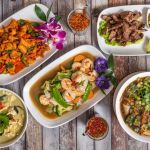 How to Host an Authentic Thai Food Night at Home with Theme Decor
How to Host an Authentic Thai Food Night at Home with Theme Decor